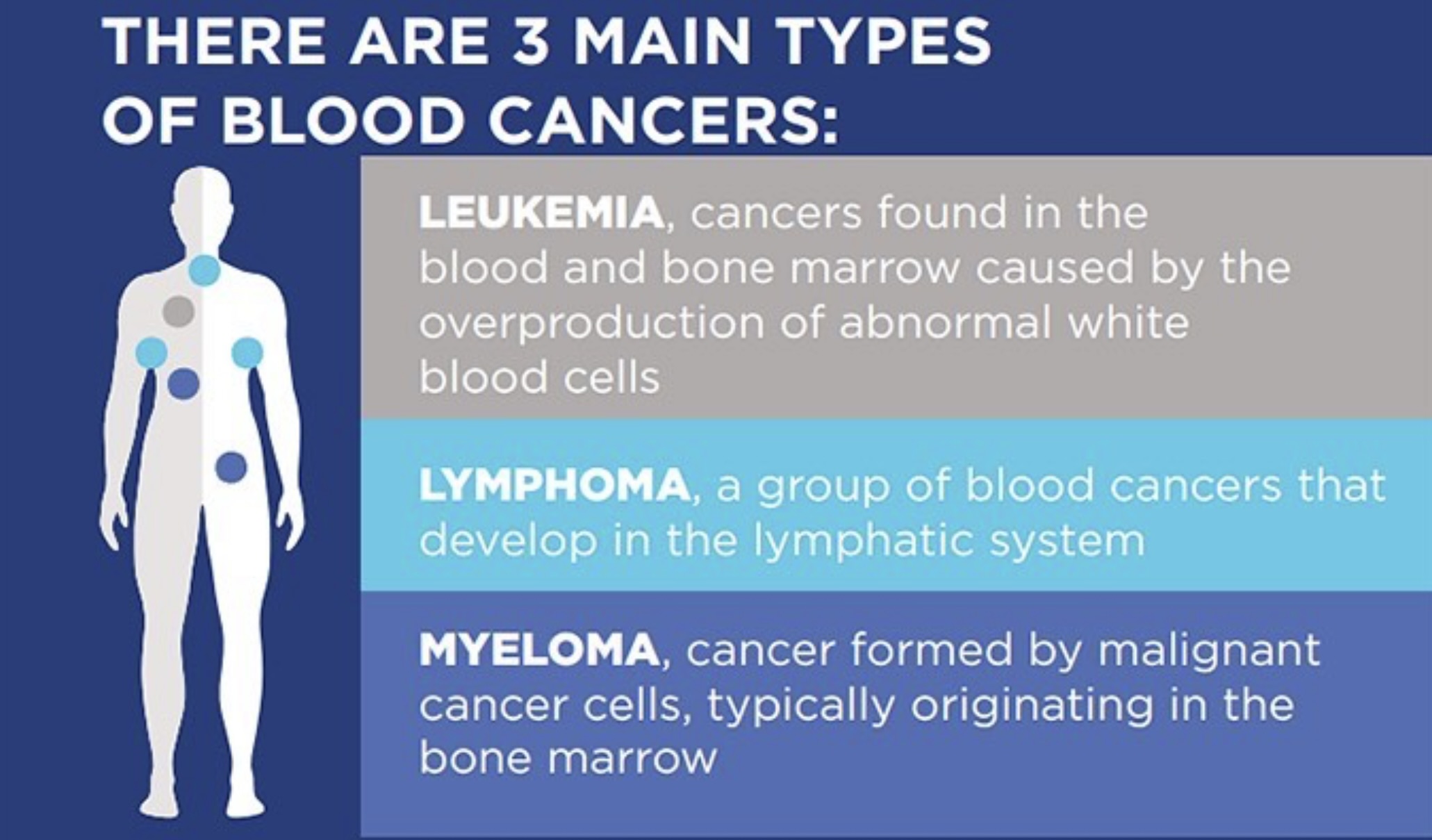Chronic Lymphocytic Leukemia: Symptoms, Causes, Treatment
What are the symptoms of chronic lymphocytic leukemia?
Chronic lymphocytic leukemia (CLL) is a type of cancer that affects the blood and bone marrow. In the early stages, CLL may not cause any symptoms and may be detected during a routine blood test. As the disease progresses, some common symptoms of CLL may include:
- Enlarged lymph nodes: Swollen lymph nodes, usually in the neck, armpits, or groin, are a common symptom of CLL.
- Fatigue: Fatigue or tiredness that is not relieved by rest is a common symptom of CLL.
- Fever: Low-grade fever that comes and goes may occur in CLL.
- Night sweats: Excessive sweating, particularly at night, can be a symptom of CLL.
- Unexplained weight loss: Weight loss that occurs without trying can be a symptom of CLL.
- Frequent infections: People with CLL may be more prone to infections, such as pneumonia or urinary tract infections.
- Easy bruising or bleeding: CLL can lead to low levels of platelets, which are important for blood clotting, resulting in easy bruising or bleeding.
- Pain or fullness in the abdomen: Enlargement of the spleen or liver can cause pain or a feeling of fullness in the abdomen.
- Shortness of breath: CLL can lead to anemia, which can cause shortness of breath and fatigue.
- Weakness: General weakness or a feeling of malaise can be a symptom of CLL.
It’s important to note that these symptoms can also be caused by other conditions, so it’s important to consult a healthcare provider for a proper diagnosis if you experience any of these symptoms. If CLL is suspected, further tests, such as blood tests, bone marrow biopsy, and imaging studies, may be done to confirm the diagnosis and determine the stage of the disease.
What are the causes of chronic lymphocytic leukemia?
The exact cause of chronic lymphocytic leukemia (CLL) is not known, but several factors may contribute to its development. These factors include:
- Genetic mutations: Changes in the DNA of certain genes can lead to the development of CLL. Some of these genetic mutations may be inherited, while others may occur randomly during a person’s lifetime.
- Family history: Having a close relative, such as a parent or sibling, with CLL or another type of leukemia may increase the risk of developing CLL.
- Age: CLL is more common in older adults, with the risk increasing with age. Most people diagnosed with CLL are over the age of 55.
- Exposure to certain chemicals: Exposure to certain chemicals, such as benzene and certain herbicides, may increase the risk of developing CLL.
- Immune system dysfunction: Abnormalities in the immune system, which may be caused by certain infections or autoimmune diseases, may increase the risk of CLL.
- Radiation exposure: Previous exposure to high levels of radiation, such as radiation therapy for other cancers, may increase the risk of developing CLL.
- Gender: CLL is more common in men than in women, but the reason for this difference is not well understood.
- Race: CLL is more common in Caucasians than in other racial or ethnic groups.
It’s important to note that having one or more of these risk factors does not mean that a person will develop CLL, and most people with CLL do not have any known risk factors. Additionally, many people with CLL do not have a family history of the disease, so the role of inherited genetic factors in CLL is not fully understood. More research is needed to better understand the causes of CLL and identify ways to prevent or reduce the risk of developing the disease.
What is the treatment for chronic lymphocytic leukemia?
The treatment for chronic lymphocytic leukemia (CLL) depends on several factors, including the stage and aggressiveness of the disease, the person’s age and overall health, and their symptoms. Treatment options for CLL may include:
- Watchful waiting: In some cases, especially for early-stage CLL that is not causing symptoms, a healthcare provider may recommend watchful waiting. During this time, regular check-ups are done to monitor the progression of the disease, and treatment is only started if the disease becomes more advanced or symptoms develop.
- Chemotherapy: Chemotherapy drugs are used to kill cancer cells and slow the progression of CLL. Chemotherapy may be used alone or in combination with other treatments.
- Targeted therapy: Targeted therapy drugs are designed to target specific molecules involved in cancer cell growth and survival. These drugs may be used to treat CLL, especially in cases where other treatments have not been effective.
- Immunotherapy: Immunotherapy drugs work by boosting the body’s immune system to help it recognize and attack cancer cells. Some immunotherapy drugs, such as monoclonal antibodies, may be used to treat CLL.
- Stem cell transplant: In some cases, a stem cell transplant may be recommended for CLL. This procedure involves replacing diseased bone marrow with healthy stem cells from a donor.
- Clinical trials: Clinical trials are research studies that test new treatments for CLL. People with CLL may consider participating in a clinical trial to access new treatments that are not yet widely available.
- Supportive care: In addition to treating the cancer itself, supportive care is an important part of managing CLL. This may include medications to manage symptoms such as pain or infections, as well as counseling or support groups to help cope with the emotional aspects of living with cancer.
The choice of treatment for CLL depends on many factors, and healthcare providers will work with each individual to develop a personalized treatment plan. It’s important for people with CLL to discuss their treatment options and goals with their healthcare team to make informed decisions about their care.




